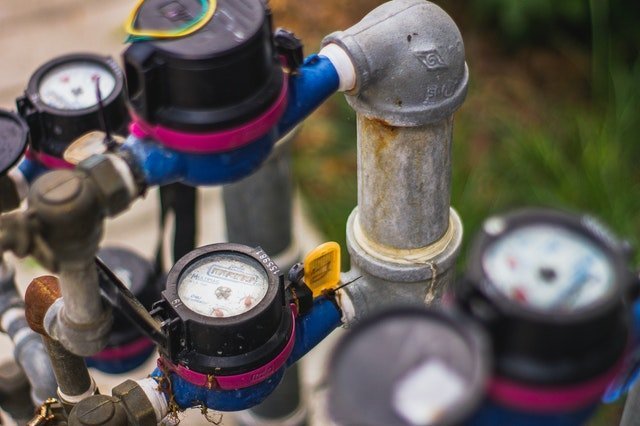Maintenance Tips from a Professional Handyman
Almost every given week of any year there is guaranteed to be at least one maintenance issue you need to take care of in your rental property or home. A few of these will be problems that you need the help of a professional handyman to solve. But most will be issues you can easily take care of yourself.
Solving minor problems with the systems in your own home or in a rental is not as hard as you might imagine. With a little patience and willingness to learn, you will be amazed at how many of those problems you can solve yourself. This is true even if you don’t consider yourself a handy person.
As a professional handyman with many years of experience, I can tell you this with confidence. You might think that, as a handyman, I would want you to be completely dependent on me to solve all the maintenance problems in your home or rental. But as many handymen will tell you, this is actually far from the truth.
Any handyman who is worth the name knows their relationship with the customer is paramount. To preserve that relationship, a good handyman doesn’t want you calling them over for things you can do yourself. What they will charge you for these small tasks might not be worth the work they did.
This is just one reason your handyman wants you to know how to handle the minor issues in your home or rental property. Also, a handyman’s job is easier if you know what to do before they arrive. For the mutual benefit of you and your handyman, here are some maintenance tips you should know.
1. Learn how to unclog drains
Clogged drains are a very annoying but common problem. If it is a toilet that is clogged, and the cause of the blockage is close to the opening of the drain, you can solve this problem. Knowing how to use a plunger or drain snake is an essential skill for a homeowner or landlord. Especially, for owners of rental properties, this quick fix can help you avoid conflicts with the tenants in your property.
To use a plunger; just insert it into the toilet, make sure it covers the hole at the bottom, and pump the handle up and down. Using a drain snake is also easy; stick it into the toilet drain and twist from side to side or move back and forth.
2. Know how to shut off the water supply
Emergencies will happen that cause flooding inside your home or rental property. The first thing to do when this happens is to stop the flow of water into the home. But you will be shocked to know how many homeowners and landlords don’t know where the shut-off valve is located in the home.
If you are a landlord, you should educate your tenants on this basic first step during any flooding emergency, but how will you do this if you also don’t know where the shut-off valve is?
The valve that controls the water supply to the entire home is usually located on the side of the house or the basement or the garage. But if you are dealing with something like an overflowing toilet, you only need to turn off the valve directly behind the toilet.
3. Replace the air filters
Air filters are essential to the proper function of your HVAC systems. Dirty filters will put a strain on the system and force them to work harder, diminishing their efficiency. Inefficient HVAC systems will not deliver sufficient heating or cooling. They will also inflate the home’s energy bill.
A high energy bill might not be your direct concern, as a landlord, since the tenants pay for that. But dirty filters will shorten the lifespan of your HVAC and that is something you should be worried about. Moreover, whatever affects the comfort of the tenants in your property also endangers your business; unhappy renters may not renew their lease.
4. Re-caulk your shower, tub, or bathroom fixtures
It is assumed you already know that the caulking in your bathroom will need to be replaced at some point. This is something you can do by yourself, with a little time investment and the right tools: a sharp object to remove the old caulk, tape to protect the areas you don’t want to caulk, a caulking gun to apply the caulk, and ice cubes or a gloved finger to smooth out the caulk.
Here are a few tips to follow when reapplying caulk: clean the area with water before removing the caulk (to reduce the amount of moisture on the surface when you are ready to apply new caulk); also, silicone caulk is the best option for areas with high moisture-exposure like under the sink, toilets, and bathrooms. Re-caulking the different areas of the home is best done when your rental is vacant.
Here are a few other maintenance tips that will help you keep your home or rental property in top condition:
Inspect the building’s foundation twice a year for signs of trouble
Flush the water heater in the home or rental property once every year



